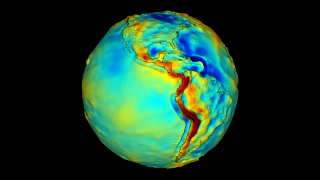Earth
ID: 11234
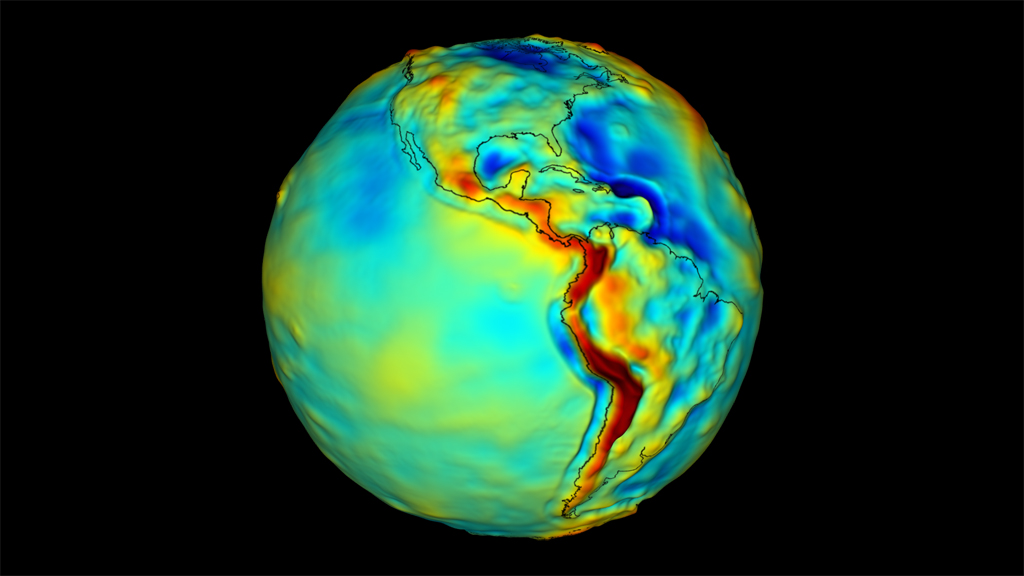
Of the terrestrial planets in the solar system, Earth is not only the largest body but also the most massive. A calculation of its weight puts it slightly over 6.58 sextillion tons (that's 6.58x10^21 or 6,580,000,000,000,000,000,000). It's heavy because everything on our planet has mass—from the land that covers the continents to the water that fills the oceans. Earth's mass, however, isn't distributed evenly. Varying surface topography and the continuous movement of water cause different parts of the globe to have more or less mass than other regions. Since 2002, NASA's twin GRACE satellites have mapped Earth's gravity (the attractive force exerted by its mass), enabling scientists to see these differences and monitor how they change over time. Watch the visualization for a tour of Earth's gravity field.
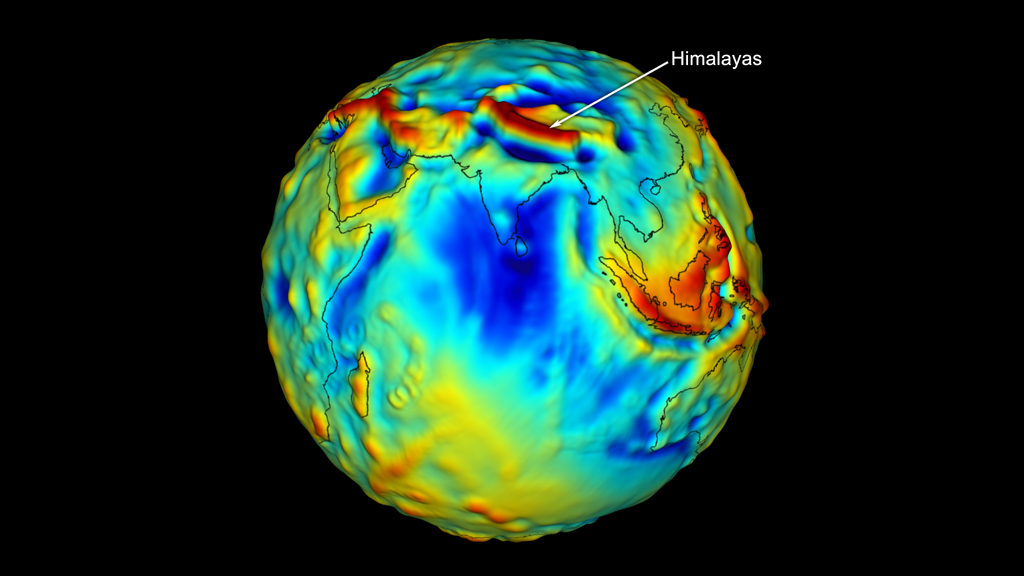
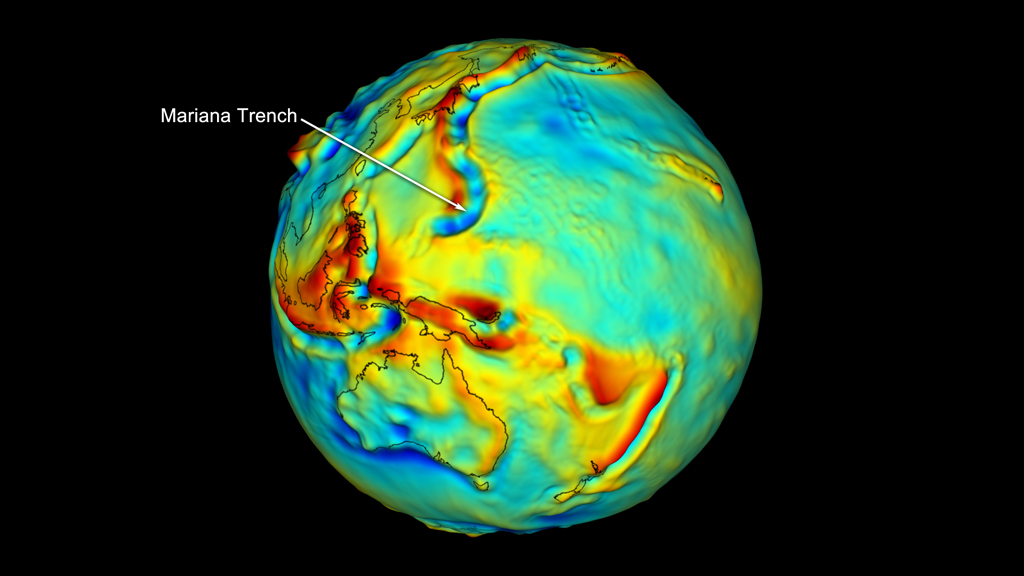
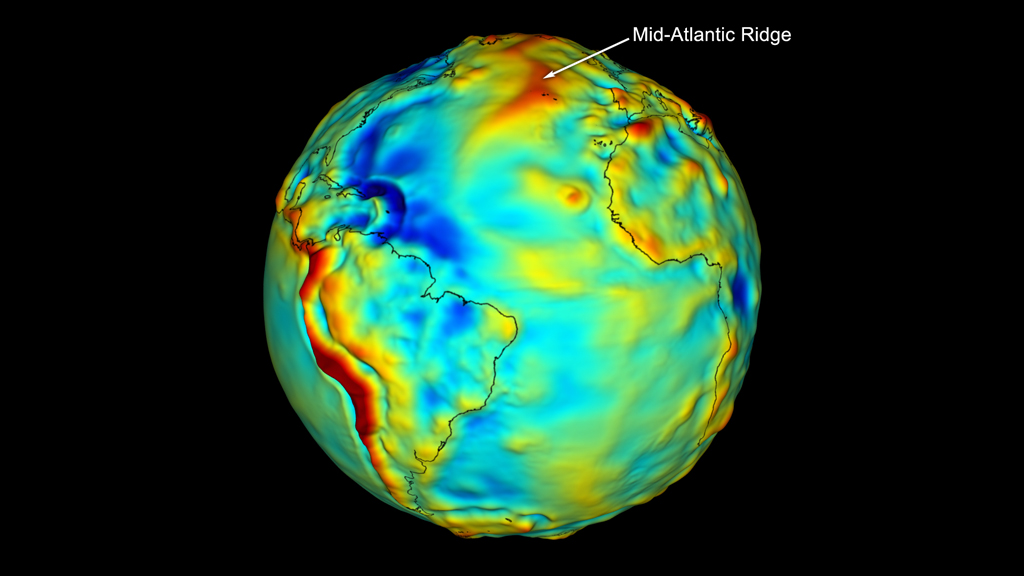
Mapping Earth's Gravity




Related Story
Story Credits
Visualizer/Animator:
Adam Martin (UMBC)
Producer:
Paul Reddish (Free Spirit Films)
Lead Scientists:
John C. Ries (University of Texas)
Scott Luthcke (NASA/GSFC)
Lead Writer:
Kayvon Sharghi (USRA)
Adam Martin (UMBC)
Producer:
Paul Reddish (Free Spirit Films)
Lead Scientists:
John C. Ries (University of Texas)
Scott Luthcke (NASA/GSFC)
Lead Writer:
Kayvon Sharghi (USRA)
Please give credit for this item to:
NASA's Goddard Space Flight Center
NASA's Goddard Space Flight Center
Short URL to share this page:
https://svs.gsfc.nasa.gov/11234
Keywords:
NASA Science >> Earth
SVS >> App
https://svs.gsfc.nasa.gov/11234
Keywords:
NASA Science >> Earth
SVS >> App
